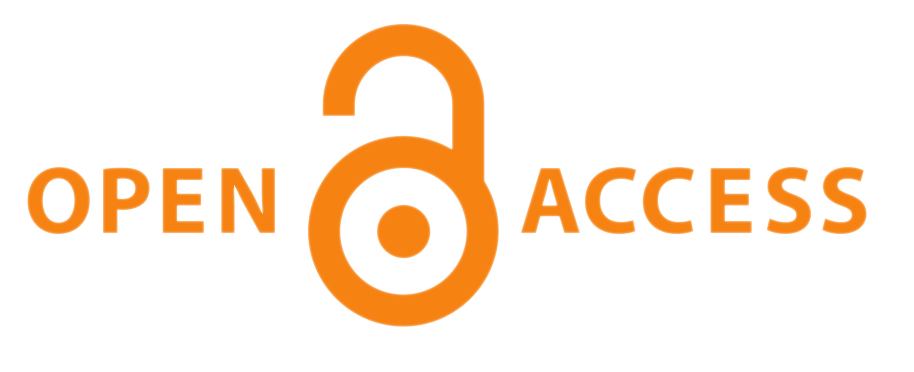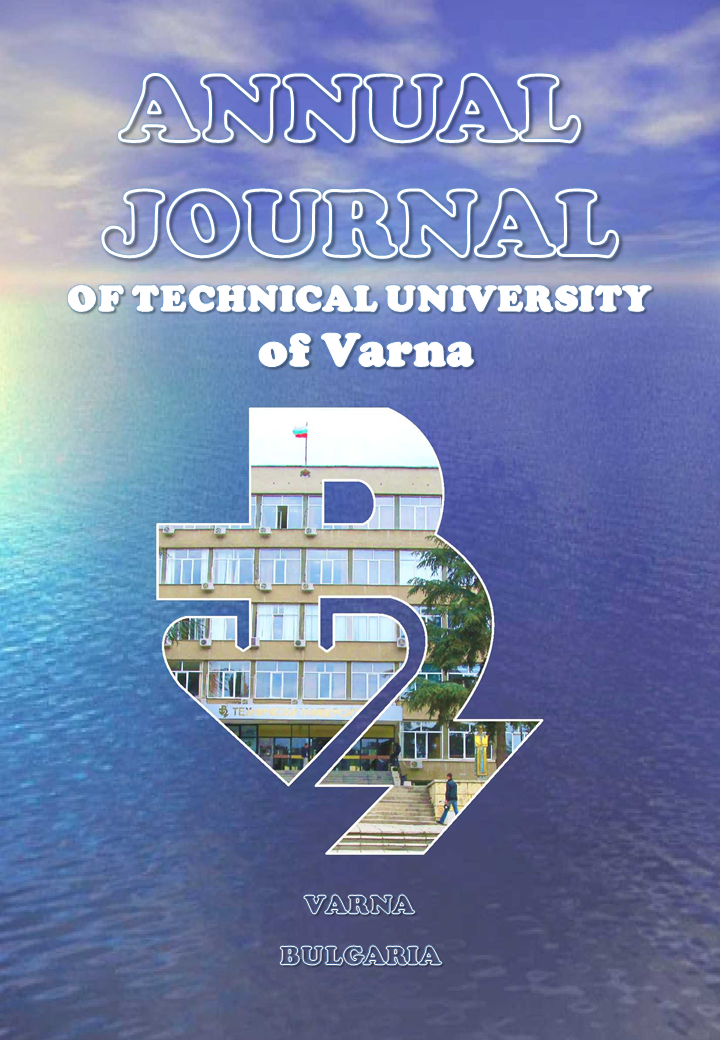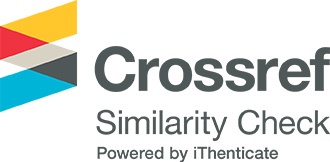Diagnostic System for Asynchronous Motors and Synchronous Generators Operating in Autonomous Mode Developed through the Use of DAQ Devices and Labview Programming Environment
##semicolon##
https://doi.org/10.29114/ajtuv.vol6.iss1.264##semicolon##
diagnosis of generators##common.commaListSeparator## diagnosis of motors##common.commaListSeparator## MSCA##common.commaListSeparator## MVSA##common.commaListSeparator## GSCA##common.commaListSeparator## GVSAАбстракт
The paper explores the possibilities for the use of DAQ devices in developing specialised diagnostic systems for monitoring and diagnostics of electrical equipment with asynchronous electric drives and autonomous synchronous generators. The primary focus is on the construction of a system responsive to different complementary diagnostic methods, such as the spectral current- voltage analysis, Park's method, instantaneous power theories, etc. Such a system might be applied locally (discretely) and/or conjointly in a centralized equipment monitoring system with the use of the LabView platform.
Изтегляния
##submission.citations##
<p style="text-align: justify;">Saad, N., Irfan, M., & Ibrahim, R. (2018). <em>Condition monitoring and faults diagnosis of induction motors: electrical signature analysis</em>. CRC Press.<br /><a href="https://doi.org/10.1201/9781351172561" target="_blank">Crossref</a></p>
<p style="text-align: justify;">Cruz, S. M., & Cardoso, A. M. (2001). Stator winding fault diagnosis in three-phase synchronous and asynchronous motors, by the extended Park's vector approach. <em>IEEE Transactions on industry applications</em>, <em>37</em>(5), 1227-1233. <br /><a href="https://doi.org/10.1109/28.952496" target="_blank">Crossref</a></p>
<p style="text-align: justify;">Fayazi, M., & Haghjoo, F. (2015, January). Turn to turn fault detection and classification in stator winding of synchronous generators based on terminal voltage waveform components. In <em>The 9th Power Systems Protection and Control Conference (PSPC2015)</em> (pp. 36-41). IEEE.<br /><a href="https://doi.org/10.1109/PSPC.2015.7094926" target="_blank">Crossref</a></p>
<p style="text-align: justify;">ISO 20958-2013 Condition monitoring and diagnostics of machine systems- Electrical signature analysis of three-phase induction motors<br /><a href="https://doi.org/10.3403/30243451" target="_blank">Crossref</a></p>
<p style="text-align: justify;">Nadarajan, S., Panda, S. K., Bhangu, B., & Gupta, A. K. (2014). Hybrid model for wound-rotor synchronous generator to detect and diagnose turn-to-turn short-circuit fault in stator windings. <em>IEEE Transactions on Industrial Electronics</em>, <em>62</em>(3), 1888-1900.<br /><a href="https://doi.org/10.1109/TIE.2014.2370931" target="_blank">Crossref</a></p>
<p style="text-align: justify;">Salomon, C. P., Ferreira, C., Sant’Ana, W. C., Lambert-Torres, G., Borges da Silva, L. E., Bonaldi, E. L., ... & Torres, B. S. (2019). A study of fault diagnosis based on electrical signature analysis for synchronous generators predictive maintenance in bulk electric systems. <em>Energies</em>, <em>12</em>(8), 1506.<br /><a href="https://doi.org/10.3390/en12081506" target="_blank">Crossref</a></p>
<p style="text-align: justify;">Fenger, M., LLoyd, B. A., & Thomson, W. T. (2003, May). Development of a tool to detect faults in induction motors via current signature analysis. In <em>Cement Industry Technical Conference, 2003. Conference Record. IEEE-IAS/PCA 2003</em> (pp. 37-46). IEEE.<br /><a href="https://doi.org/10.1109/CITCON.2003.1204707" target="_blank">Crossref</a></p>
<p style="text-align: justify;">Thomson, W. T., & Fenger, M. (2001). Current signature analysis to detect induction motor faults. <em>IEEE Industry Applications Magazine</em>, <em>7</em>(4), 26-34.<br /><a href="https://doi.org/10.1109/2943.930988" target="_blank">Crossref</a></p>
<p style="text-align: justify;">Thomson, W. T., & Culbert, I. (2017). <em>Current signature analysis for condition monitoring of cage induction motors: Industrial application and case histories</em>. John Wiley & Sons.<br /><a href="https://doi.org/10.1002/9781119175476" target="_blank">Crossref</a></p>
##submission.downloads##
Публикуван
##submission.howToCite##
Брой
Раздел (Секция)
##submission.license##
СПОРАЗУМЕНИЕ ЗА ПУБЛИКУВАНЕ
Годишника на Технически университет - Варна (ГТУВ) цели да гарантира, че постъпващите статии се публикуват, като същевременно се предоставя значителна свобода на публикуващите ги автори. За изпълнение на тази цел, ГТУВ поддържа гъвкава политика относно авторските права, което означава, че няма прехвърляне на авторски права от автора на издателя, а авторите запазват изключително авторско право върху интелектуалното си произведение.
При изпращане на статия, Отговорния автор трябва да се съгласи и приеме правилата и условията за публикуване, изложени в настоящото Споразумение за публикуване, които са както следва:
ПРЕДОСТАВЯНЕ НА ПРАВА ОТ ОТГОВОРНИЯ АВТОР
Отговорния автор предоставя на ГТУВ за времето на пълния срок на авторското право и всяко следващо удължаване или подновяване, следното:
• Неотменимо, неизключително право да публикува, възпроизвежда, предоставя, разпространява или по друг начин използва предоставената работа в електронни и печатни издания и в производни произведения в целия свят, на всички езици и във всички известни съществуващи или в последствие възникнали медии.
• Неотменимо, неизключително право да създава и съхранява електронни архивни копия на работата, включително правото да депозира предоставената работа в дигитални хранилища с отворен достъп.
• Неотменимо, неизключително право на лицензиране на други лица да възпроизвеждат, превеждат, преиздават, предоставят и разпространяват предоставената работа при условие, че авторите са надлежно идентифицирани (за момента това се извършва чрез публикуване на произведението под лиценз Creative Commons Attribution 4.0 Unported).
С предоставянето на работата за публикуване, авторските права върху материала остават на авторите. Авторите запазват всички патентни, търговски марки и/или други права върху интелектуалната си собственост.
ЗАДЪЛЖЕНИЯ НА ОТГОВОРНИЯ АВТОР И СЪАВТОРИТЕ
При последващо разпространение или повторно публикуване на предоставената работа, Отговорния автор се съгласява да идентифицира ГТУВ, в който е публикувано произведението като първоначален източник на първото публикуване на работата. Отговорния автор гарантира, че съавторите също ще посочват ГТУВ като източник на първото публикуване, когато разпространяват, преиздават или се позовават на настоящата работа в бъдещи свои публикации.
ГАРАНЦИИ ОТ СТРАНА НА ОТГОВОРНИЯ АВТОР
Отговорния автор гарантира че предоставената за публикуване работа не нарушава никои действащи нормативни разпоредби или законни права на която и да е трета страна. Същия гарантира че работата не съдържа какъвто и да е материал, който може да се възприеме от читателската аудитория като неетичен, компрометиращ, нехуманен, расистки, клеветнически и/или нарушаващ авторски и/или имуществени права, права на интелектуална собственост или поети ангажименти за поверителност към трети страни. Отговорния автор гарантира че предоставеният материал е с оригинално съдържание, не е официално публикуван в никое друго издателство, както и че не е в процес на публикуване пред други издателства. Отговорния автор също така гарантира че притежава съответните правомощия да сключи настоящото споразумение. Ако предоставяната работа е подготвена съвместно с други съавтори, Отговорния автор гарантира че всички останали съавтори са информирани и са съгласни предоставения материал да бъде публикуван в ГТУВ.
Отговорния автор лично (или от името на авторския колектив) дава съгласието си да не въвлича по никакъв начин ГТУВ като страна в каквито и да било научни, академични, административни и/или съдебни спорове, в случаите на установени нарушения на горепосочените декларации и гаранции.
ПРАВА И ЗАДЪЛЖЕНИЯ НА ГТУВ
ГТУВ се съгласява да публикува предоставения материал, в случаите когато същия отговаря напълно на всички необходими качествени, технически и редакционни изисквания, като го идентифицира еднозначно с авторите му. В следствие на настоящото споразумение, на ГТУВ се предоставя правомощие да упражнява права при необходимост от името на авторите върху трети лица, като например в случаите на установено плагиатство, нарушаване на авторски права и др.
Декларация за поверителност на лични данни
Вашите имена и имейл адреси, въведени в уебсайта на ГТУВ, ще бъдат използвани само и изключително за обявените цели на настоящото списание и няма да бъдат използвани за никакви други цели от издателя или предоставяни на друга - трета страна.
Издателят се задължава да извърши всички необходими действия, цялата предоставена лична информация да остане конфиденциална, в рамките на издателя и да не бъде споделена с външни обекти или субекти, освен ако не е дадено предварително изрично разрешение от собственика на личните данни.
Вашата лична информация няма да бъде обект на продажба, разпространение или публикуване по какъвто и да е начин и под каквато и да е форма.









